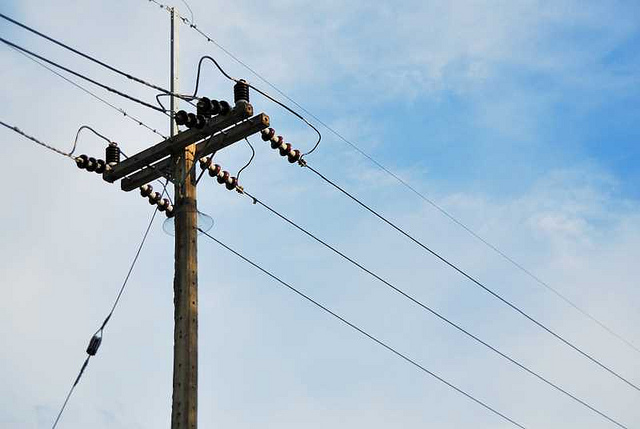The high density web scale compute automatically requires a shift in the way cooling is approached. Similarly, a different approach is needed in regards to how power will be deployed and managed all within a rack. In the following lines we will talk about power distribution inside data rack systems.

What should be understood is that there are many different available approaches. Most of them do not require specialized advanced systems from Lindsey Manufacturing or such high-end technology. The simple approach suitable for most cases is listed below.
The Recommended Process – Steps To Follow
The AC-3 phase will always be mandatory into high density. This is scalable and efficient. The challenges that appear should be covered, including load balancing across the A-B-C phases.
HDOs (high density outlets) are absolutely necessary. The standard outlet is not capable of supporting the system. Various problems appear when using standard outlets, like operational units, cable management or the simple fact that the entire setup becomes more expensive to build.
In order to balance the 3-phase circuit’s A-B-C phases you need to add alternating phases inside outlets. Solving balances is always a lot better at a rack level, as opposed to dealing with this at upstream facility, floor PDU, floor level or RPP.
You have to measure load configuration at various different intervals. You can solve this problem in various ways, including input metering, hardware and software. The most popular option at the moment is offered by the software solutions. IPMI interfaces can be used to capture information and are better, granular and more agile.
Network closets have to be populated with port counts that are denser.
The network closets have to use lesser outlets. However, more power is needed. More power per every single used port is needed because of the increase of usage for 10G, 100G and 400G links. Also, power has to be redundant. A Network Closet failure is expensive, more than failure happening at compute level.
It is recommended to use high density tap boxes. They offer the possibility of adding more circuits in one rack.
You will have to deal with some basic challenges connected with in-time inventory, lead times and sourcing ability for the options at a global level, throughout various deployment configurations. The very best solution you can use in order to overcome problems is to stock units in a larger volume. For larger centers it is actually recommended to go for a minimum of 400 units.
As you can see, there are many different things that have to be considered when trying to set up power distribution units. Unfortunately, we often see in-house staff doing things wrong. We are talking with a highly specialized knowledge that is needed, together with knowledge about modern technology that is available at the moment. If there are any doubts that you can create a highly effective system, it is better to work with consultancy firms that have the necessary experience to guarantee proper installation. These companies can easily recommend proper systems to be used based on unique factors related to the data rack.
